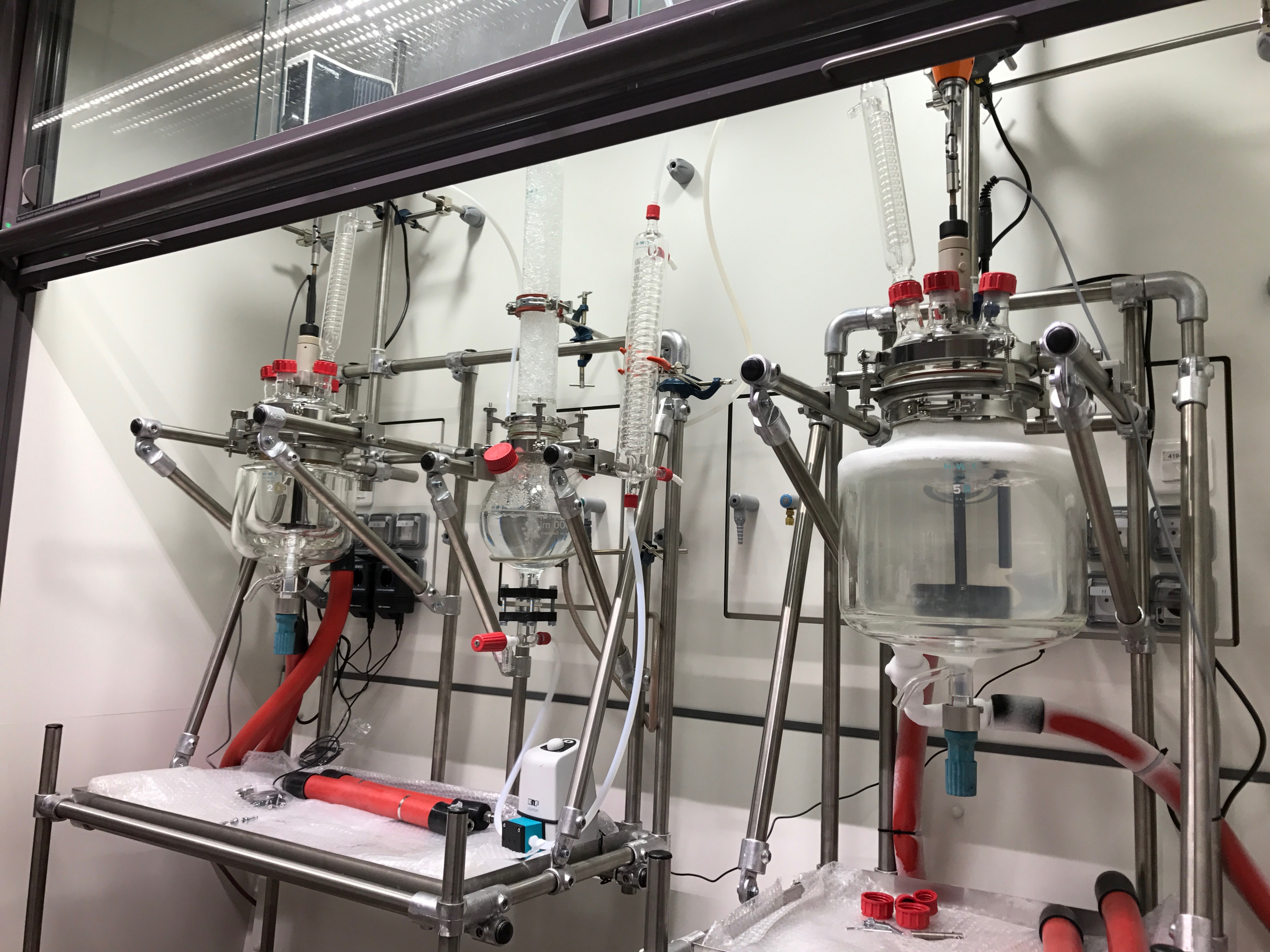In chemical laboratories and industrial settings, safety and performance are paramount, especially when dealing with hazardous reactions. Glass reactors have emerged as a crucial piece of equipment in these environments, offering numerous advantages that enhance both safety and efficiency. These reactors, typically made of borosilicate glass, are engineered to withstand a wide range of chemical reactions, including those that are highly reactive or involve toxic and corrosive substances. The advantages of using glass reactors in hazardous reactions are multifaceted, ranging from chemical resistance and thermal stability to transparency and ease of monitoring. One of the primary advantages of glass reactors is their exceptional chemical resistance. Borosilicate glass is known for its resistance to most acids, alkalis, and organic solvents, which makes it an ideal material for handling aggressive chemicals. Unlike metal reactors, glass reactors do not react with the chemicals inside, thereby preventing contamination and ensuring the purity of the reaction process. This chemical inertness is particularly crucial in hazardous reactions, where even a minor impurity can lead to dangerous outcomes or compromise the integrity of the final product.

In addition to chemical resistance, glass reactor offer significant thermal stability. Borosilicate glass can withstand high temperatures and rapid temperature changes without cracking or deforming. This property is essential in hazardous reactions that require precise temperature control, such as exothermic reactions where overheating can lead to explosions or other safety hazards. The thermal stability of glass reactors allows for better control over the reaction environment, reducing the risk of accidents and ensuring that the reaction proceeds as intended. Another key advantage of glass reactors is their transparency, which allows for continuous visual monitoring of the reaction. This transparency is particularly valuable in hazardous reactions, where real-time observation is critical for detecting any signs of abnormal behavior, such as color changes, precipitation, or gas evolution. By enabling direct observation, glass reactors allow operators to intervene promptly if necessary, mitigating potential risks before they escalate into serious safety issues. Furthermore, this visibility aids in the optimization of reaction conditions, as operators can easily observe and adjust variables to achieve the desired outcomes.
GWSI Glass reactors also offer versatility and ease of use. They are available in various sizes and configurations, from small laboratory-scale reactors to large industrial units, making them suitable for a wide range of applications. Additionally, glass reactors are typically designed with modular components, allowing for easy assembly, disassembly, and cleaning. This modularity is particularly beneficial in hazardous reactions, as it enables quick and safe changes to the reactor setup, reducing downtime and minimizing exposure to dangerous chemicals. In conclusion, glass reactors provide a combination of safety and performance advantages that make them indispensable in hazardous reactions. Their chemical resistance, thermal stability, transparency, and versatility not only enhance the safety of the reaction process but also contribute to more efficient and reliable outcomes. As the demand for safer and more efficient chemical processes continues to grow, glass reactors will remain a key tool in both laboratory and industrial settings, ensuring that even the most hazardous reactions can be conducted with confidence and precision.